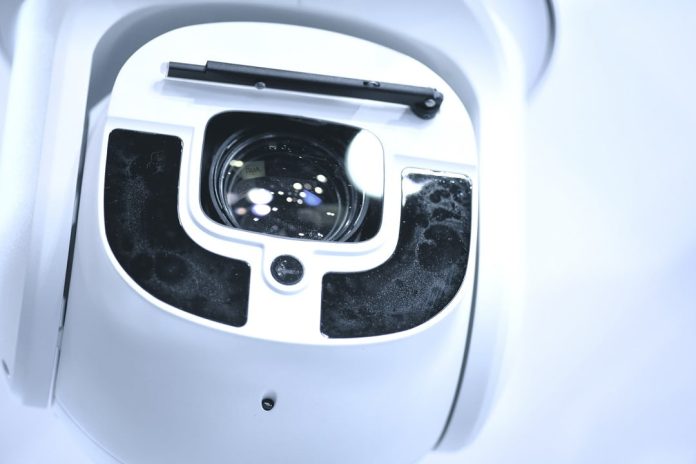THE new IEEE 802.3bt standard increases the maximum PoE power to 60 or 100W by utilizing all 4 pairs of the structured wiring on a CAt-6A cable – delivering enough grunt to support PTZ and thermal cameras.
While 15.4W at the power source is sufficient for most IP phones and 802.11a/b/g access points, it is not enough for PTZ cameras. For that reason, the Institute of Electrical and Electronic engineers, or IEEE, released IEEE 802.3at (PoE+), specifying 30W at the PoE source and 25.5W at the device in 2009.
Today there is a demand for even higher power to support additional devices connected to the Ethernet Network, such as PTZ security cameras, kiosks, POS terminals, thin client, 802.11ac and 802.11ax access points, small cells, and connected LED lighting, all of which can benefit from POE.
IEEE 802.3bt now delivers 60W or 100W and extends the power classification information exchanged during initial negotiation to allow meaningful power management capability, enabling support of multiple PoE classes, while also being backward compatible.
802.3bt calls for 2 power variants: Type 3 (60W) and Type 4 (100W). This means that you can now carry close to 100W of electricity over a single Cat-6A cable to power devices like wireless access points, thermal cameras with PTZ features, LED lighting fixtures and large display screens.
The original PoE standard – IEEE 802.3af – allowed for maximum delivery of 15.4W. In 2009, IEEE 802.3at increased maximum power to 30W and now IEEE 802.3bt allows for nearly 100W.
#securityelectronicsandnetworks.com












